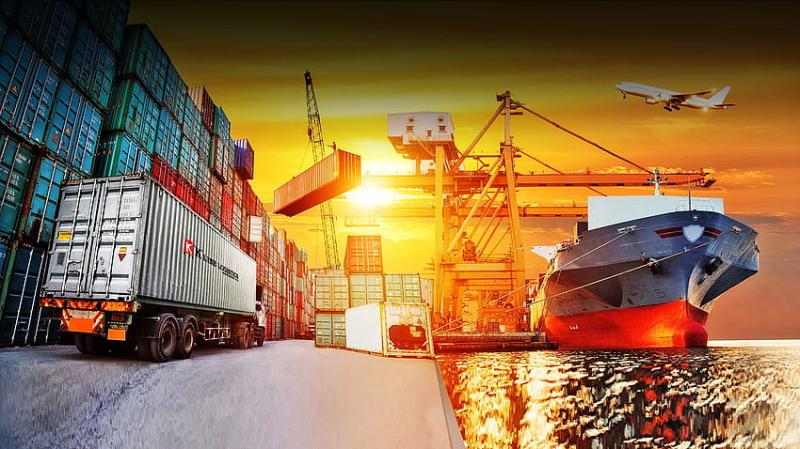In today’s fast-paced and globalized marketplace, businesses need more than just reliable transportation of goods—they require a logistics provider that can adapt, innovate, and deliver value beyond the basic services. Partnering with the right logistics provider can enhance supply chain efficiency, reduce costs, and improve customer satisfaction. However, maximizing the benefits of this partnership requires a strategic approach. From communication and technology integration to performance tracking and collaboration, this article will guide you on how to get the most out of your logistics provider, ensuring your business thrives in a competitive landscape.
1. Establish Clear Expectations
The foundation of a successful partnership with a logistics provider begins with establishing clear expectations. Both parties should have a mutual understanding of goals, timelines, key performance indicators (KPIs), and the scope of services. This means outlining shipping requirements, delivery schedules, and service levels upfront. By setting clear guidelines from the outset, you’ll minimize misunderstandings and ensure that your logistics provider knows exactly what you expect from them.
Pro tip: Use a Service Level Agreement (SLA) to document all these terms. SLAs act as a formal record that can be referenced if any discrepancies arise.
2. Leverage Technology for Real-Time Visibility
Technology plays a crucial role in modern logistics management. To maximize the effectiveness of your logistics provider, ensure that they use the latest technological tools. These can include real-time tracking systems, digital dashboards for performance metrics, and automated notifications for shipping updates.
For example, using a transportation management system (TMS) can provide visibility across the entire supply chain, enabling you to monitor shipments in real-time. This level of transparency helps you make informed decisions, improve delivery times, and identify bottlenecks. How companies utilize technology is a key factor in choosing a distribution service.
Key takeaway: The better the technology your logistics provider uses, the more control and insight you’ll have over your supply chain operations.
3. Optimize Communication Channels
Good communication is vital for any business relationship, and this holds true when dealing with logistics providers. Frequent, open, and clear communication allows for better coordination, faster problem-solving, and greater alignment on objectives.
Set up regular meetings to discuss performance, future goals, or any potential issues. A point of contact, who understands both your business needs and the logistics provider’s operations, can streamline communications and prevent miscommunication.
Moreover, take advantage of digital communication platforms to stay connected. Whether through email, instant messaging, or dedicated supply chain platforms, maintaining constant communication ensures that everyone stays on the same page.
Pro tip: Ensure your logistics provider offers 24/7 customer support to handle urgent issues, especially if you operate on a global scale.
4. Focus on Cost Efficiency Without Compromising Quality
While it’s important to keep an eye on logistics costs, you should avoid sacrificing service quality in the process. Cheaper options may seem appealing, but they can lead to delays, damaged goods, or even lost shipments—ultimately costing your business more in the long run.
Work closely with your logistics provider to find a balance between cost savings and service quality. This could involve optimizing shipping routes, consolidating shipments, or exploring alternative transportation methods. A good logistics provider will have the expertise to offer solutions that both reduce costs and maintain high service standards.
Key insight: Look for a logistics provider that prioritizes cost efficiency but never at the expense of quality or customer satisfaction.
5. Monitor and Measure Performance
Tracking the performance of your logistics provider is essential to ensure they meet your expectations and adhere to SLAs. Regular performance reviews, based on KPIs such as on-time delivery rates, order accuracy, and lead times, will provide a clear picture of how well your provider is doing.
Additionally, consider using benchmarking techniques to compare your provider’s performance against industry standards. This can help you identify areas for improvement or highlight where your logistics provider is excelling.
Pro tip: Integrating a performance dashboard that allows you to view key metrics in real-time can streamline the monitoring process and make it easier to take corrective actions when necessary.
Conclusion
Getting the most out of a logistics provider involves more than just signing a contract—it requires ongoing collaboration, communication, and a focus on continuous improvement. By establishing clear expectations, leveraging technology, maintaining open communication, and prioritizing innovation, you can turn your logistics provider into a true strategic partner. In doing so, your business will benefit from improved supply chain efficiency, reduced costs, and enhanced customer satisfaction, driving long-term success.




